Here is a simple way to tell whether you have a real or fake Pansat. This info was obtained from Pansat USA. This has been confirmed so far for the Pansat 3500 S/SD and 2700A. I believe it is applicable to all Pansat model (Testers of other Pansat model please post your results).
Check the manufacturer's markings molded on the plastic power plug head. The markings between the two metal prongs.
The genuine Pansat would have the following markings : KJ-10W KUK JE TONG SHIN
A counterfeit or clone would have a different markings such as "LR 86473 HARVEST HEP 10 E136285" or could be something else depending on the manufacturer.
The paint color on counterfeit satellite receivers is greenish silver. There is a noticeable difference in the color of the top cover when compared to the front panel’s color. Authentic Pansat® satellite receivers are produced in a “Sony silver” color.
A vinyl protection sheet, which is typically adhered to the top of the satellite receiver, is missing in the counterfeit product. Authentic products always have a protective vinyl sheet applied to them in case of damage during transportation.
Counterfeit receivers have top cover ventilation holes which are noticeably square shaped rather than a smooth, round shape as the authentic model has.
The bottom chassis of counterfeit receivers are flat whereas authentic receivers have several more, upward-punched, square shaped holes.
Counterfeit models have a sticker label listing UL (safety standard) and FCC compliance on the back panel. Sticker label format has been discontinued and is no longer used to list UL and FCC compliance. Authentic models have a UL & FCC clause directly printed onto the metal on the back of the receiver and should be accompanied by a small sticker indicating the month of the product’s manufacture (e.g. Sep. 2004 – (SB)).
A serial number is not attached on both the gift box and the unit (back or bottom) on counterfeit satellite receiver models. It appears as an alpha-numeric listing such as “4G4- ” on the FCC sticker label. There is a possibility that a completely fake serial number may be created and attached on counterfeit units in the future. Authentic Pansat® satellite receivers will list an eight (8) digit serial number consisting of year, month, unit sequence & other numbers and is located on the bottom of the receiver chassis and on the top side of gift box.
Also, here are some pictures, inside and outside, comparing the clone with the real model.
Check the manufacturer's markings molded on the plastic power plug head. The markings between the two metal prongs.
The genuine Pansat would have the following markings : KJ-10W KUK JE TONG SHIN
A counterfeit or clone would have a different markings such as "LR 86473 HARVEST HEP 10 E136285" or could be something else depending on the manufacturer.
The paint color on counterfeit satellite receivers is greenish silver. There is a noticeable difference in the color of the top cover when compared to the front panel’s color. Authentic Pansat® satellite receivers are produced in a “Sony silver” color.
A vinyl protection sheet, which is typically adhered to the top of the satellite receiver, is missing in the counterfeit product. Authentic products always have a protective vinyl sheet applied to them in case of damage during transportation.
Counterfeit receivers have top cover ventilation holes which are noticeably square shaped rather than a smooth, round shape as the authentic model has.
The bottom chassis of counterfeit receivers are flat whereas authentic receivers have several more, upward-punched, square shaped holes.
Counterfeit models have a sticker label listing UL (safety standard) and FCC compliance on the back panel. Sticker label format has been discontinued and is no longer used to list UL and FCC compliance. Authentic models have a UL & FCC clause directly printed onto the metal on the back of the receiver and should be accompanied by a small sticker indicating the month of the product’s manufacture (e.g. Sep. 2004 – (SB)).
A serial number is not attached on both the gift box and the unit (back or bottom) on counterfeit satellite receiver models. It appears as an alpha-numeric listing such as “4G4- ” on the FCC sticker label. There is a possibility that a completely fake serial number may be created and attached on counterfeit units in the future. Authentic Pansat® satellite receivers will list an eight (8) digit serial number consisting of year, month, unit sequence & other numbers and is located on the bottom of the receiver chassis and on the top side of gift box.
Also, here are some pictures, inside and outside, comparing the clone with the real model.
Attachments
-
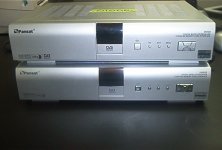 How to tell Pansat 3500 clone 1.jpg48.8 KB · Views: 9
How to tell Pansat 3500 clone 1.jpg48.8 KB · Views: 9 -
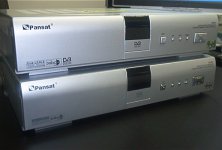 How to tell Pansat 3500 clone 2.jpg47.8 KB · Views: 4
How to tell Pansat 3500 clone 2.jpg47.8 KB · Views: 4 -
 How to tell Pansat 3500 clone 3.jpg50.5 KB · Views: 5
How to tell Pansat 3500 clone 3.jpg50.5 KB · Views: 5 -
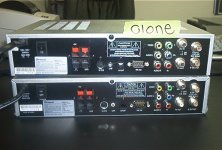 How to tell Pansat 3500 clone 4.jpg58.7 KB · Views: 4
How to tell Pansat 3500 clone 4.jpg58.7 KB · Views: 4 -
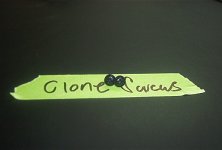 How to tell Pansat 3500 clone 5.jpg41.9 KB · Views: 3
How to tell Pansat 3500 clone 5.jpg41.9 KB · Views: 3 -
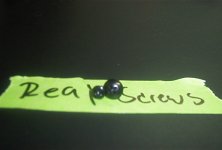 How to tell Pansat 3500 clone 6.jpg41.1 KB · Views: 4
How to tell Pansat 3500 clone 6.jpg41.1 KB · Views: 4 -
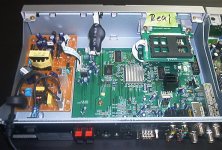 How to tell Pansat 3500 clone 7.jpg77.2 KB · Views: 4
How to tell Pansat 3500 clone 7.jpg77.2 KB · Views: 4 -
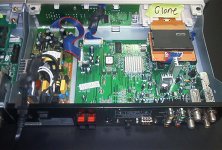 How to tell Pansat 3500 clone 8.jpg71.2 KB · Views: 4
How to tell Pansat 3500 clone 8.jpg71.2 KB · Views: 4 -
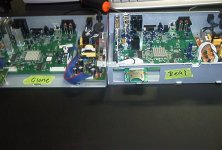 How to tell Pansat 3500 clone 9.jpg53.4 KB · Views: 4
How to tell Pansat 3500 clone 9.jpg53.4 KB · Views: 4 -
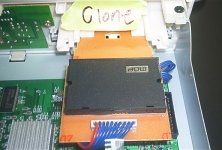 How to tell Pansat 3500 clone 10.jpg69.2 KB · Views: 2
How to tell Pansat 3500 clone 10.jpg69.2 KB · Views: 2 -
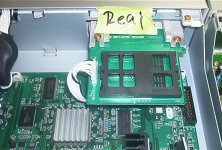 How to tell Pansat 3500 clone 11.jpg80.2 KB · Views: 1
How to tell Pansat 3500 clone 11.jpg80.2 KB · Views: 1 -
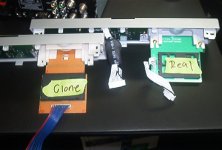 How to tell Pansat 3500 clone 12.jpg49.4 KB · Views: 1
How to tell Pansat 3500 clone 12.jpg49.4 KB · Views: 1 -
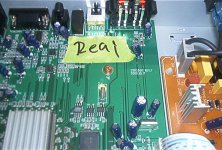 How to tell Pansat 3500 clone 13.jpg73 KB · Views: 1
How to tell Pansat 3500 clone 13.jpg73 KB · Views: 1 -
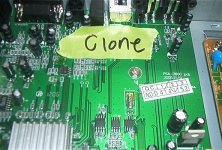 How to tell Pansat 3500 clone 14.jpg77.2 KB · Views: 1
How to tell Pansat 3500 clone 14.jpg77.2 KB · Views: 1 -
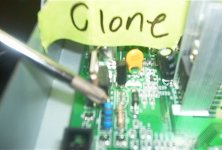 How to tell Pansat 3500 clone 15.jpg60.1 KB · Views: 1
How to tell Pansat 3500 clone 15.jpg60.1 KB · Views: 1 -
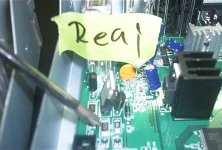 How to tell Pansat 3500 clone 16.jpg59.9 KB · Views: 3
How to tell Pansat 3500 clone 16.jpg59.9 KB · Views: 3 -
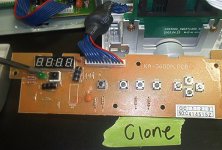 How to tell Pansat 3500 clone 17.jpg63.8 KB · Views: 2
How to tell Pansat 3500 clone 17.jpg63.8 KB · Views: 2 -
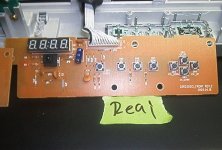 How to tell Pansat 3500 clone 18.jpg56.3 KB · Views: 1
How to tell Pansat 3500 clone 18.jpg56.3 KB · Views: 1 -
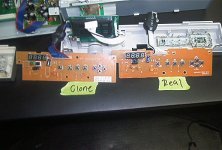 How to tell Pansat 3500 clone 19.jpg55.6 KB · Views: 1
How to tell Pansat 3500 clone 19.jpg55.6 KB · Views: 1
